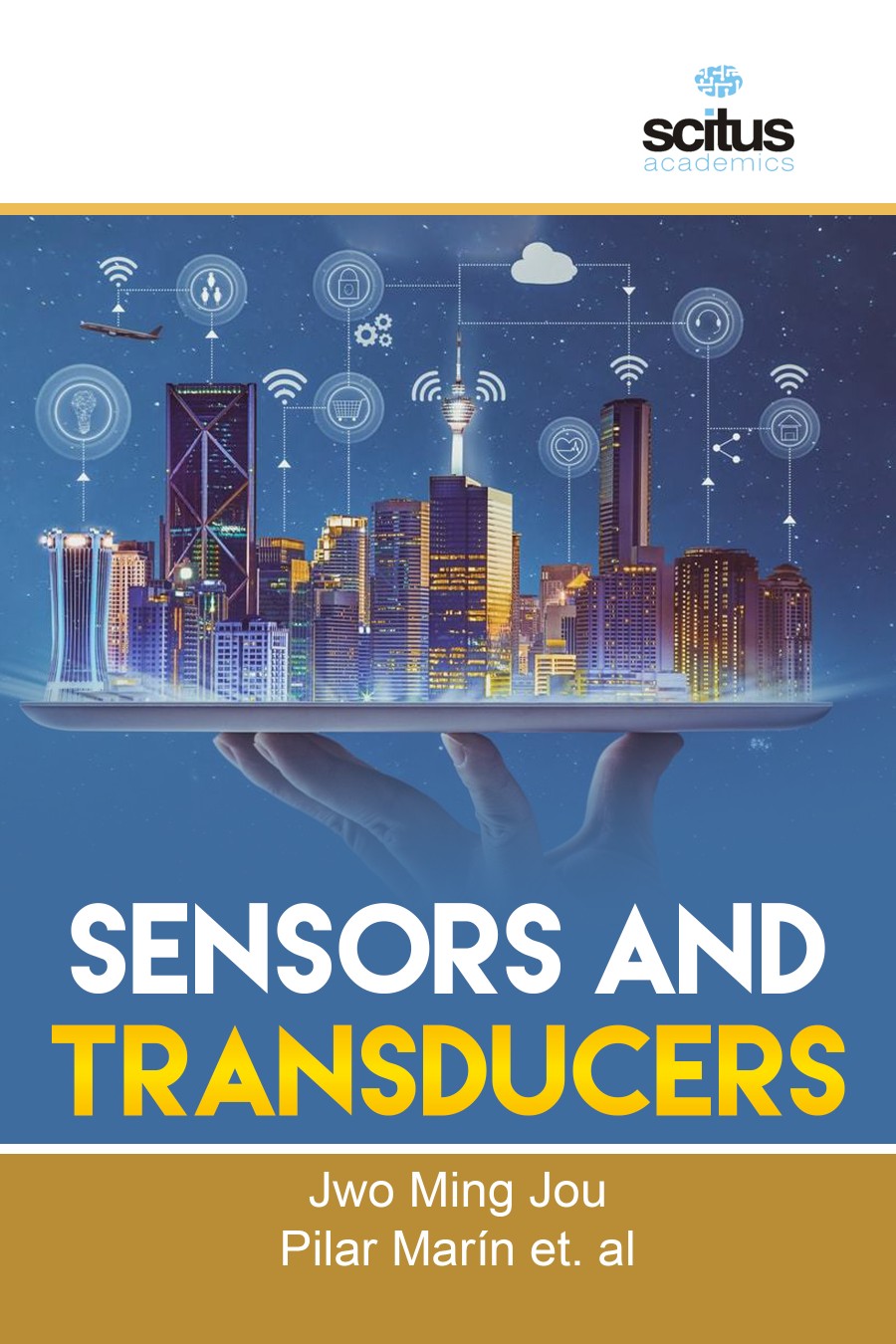Recent advances of sensor technologies have been powered by high-speed and low-cost electronic circuits, novel signal processing methods, and advanced manufacturing technologies. The synergetic interaction of new developments in these fields provides promising technical solutions increasing the quality, reliability, and economic efficiency of technical products n recent years, the use of sensors has undergone an explosive growth due in part to the availability of processing devices to manipulate their output signals, but also to the ease of electric-signal transmission. A further contributing factor to the progress in sensors and transducers has been the rapid growth and expansion of digital-computing devices. Digital environments are used for the processing and transmission of signals after their conversion from analog forms to digital equivalents.
Sensors And Transducers brings presents multidisciplinary interests in one volume entirely devoted to covering information on all aspects of research and development of solid-state devices for transducing physical signals. The contributed chapters are written by eminent authors and researchers active in the field. Devices that produce nonelectric output signals also exist, and can be the only solution in some applications. For example, pneumatic sensing/transmitting systems are used in industrial plants—such as those with explosive environments—where electrical signals are unsafe. This monograph concentrates on sensors and/or transducers that operate on electrical signals.
This up-to-date information and the latest research progress on sensors and actuators will provide valuable assistance and learning materials for all those working in the field of chemical sensors including students, practitioners and researchers as well.













